Last January, when Mayor Schaaf proudly preened in a Burning Man-style art car during her inauguration, hopes were high that art would become a priority. After all, Oakland’s much-ballyhooed cultural renaissance had brought national and even international attention to the city, completely remaking an image once invariably linked to crime and blight.
But perhaps arts advocates should have paid more attention to the fact that the onetime Skyline High cheerleader and Jerry Brown aide was driving around in a motorized snail. Just six months into the new administration, there’s been little, if any, forward progress; the arts community has slid into crisis mode, and city officials’ lack of accountability and direction where the arts are concerned is a big reason why
Two weeks ago, the news from the arts scene was that the Rock Paper Scissors Collective was looking for a new home after it was informed its rent would be rising. Last week, even more portentousness appeared: First Humanist Hall—supporter of underground film festivals, non-profit organizations, and community gatherings—was declared a nuisance due to noise complaints from new neighbors. Then the City Council chose developer Orton for the Henry J Kaiser space over a competing proposal from a group including longtime arts supporter Randolph Belle, which was focused around community benefits (including a workforce development plan, in conjunction with Laney College). Instead of a mid-size arena, hotel, and convention center, the space is now expected to hold tech offices and a brewery.
Development vs. Art
But that’s not all: Last Thursday, the Building Industry Association of the Bay Area (BIA) announced it had filed a federal civil rights lawsuit against the city, alleging the percent for public art requirement, which took effect this past February, violated the First and Fifth Amendments. In a press release, the Pacific Legal Foundation’s Tony Francois claimed the ordinance “harms the public interest,” although it’s unclear how public art, which is by definition beneficial to the community, could be detrimental. BIA’s Executive Officer Bob Glover called the ordinance “irresponsible” and claimed it would further drive up the cost of housing, even though the majority of the development projects in Oakland’s pipeline have no affordable housing component.
Ironically, news of the lawsuit came just one day after San Francisco announced it was committing $50 million to public art on Treasure Island, an initiative funded in part by SF’s own percent for art ordinance.
“Oakland’s hallmark is its diversity, and if we can create arts districts that both celebrate and differentiate the many cultures represented here, we will be successful.” – Steve Huss, former Oakland Cultural Arts Manager
“Public art is an essential community benefit,” says Anyka Barber, founder and Director/Curator of Oakland’s Betti Ono gallery, noting that Oakland is one of many major Bay Area cities that have adopted percent for art ordinances. According to Craig Watson, Executive Director of the California Arts Council, percent for art programs are common throughout the country; there are more than 300 such programs nationwide, he says. Alma Robinson, Executive Director of California Lawyers for the Arts, says lawsuits challenging public art requirements are uncommon, but when cases have been tried, “cities have prevailed.”
Developers, she added, “should be proud to support the enhancement of Oakland through public art, [which] really enriches cities.”
Besides SF, similar percent for art requirements exist in several nearby cities, including Emeryville, Richmond, San Jose, Walnut Creek, Santa Rosa, Sunnyvale, El Cerrito, and San Mateo. Nationwide, percent for art programs exist in 27 states and territories, including Oregon, Louisiana, Connecticut, Iowa, Washington, D.C., Maine, New Mexico, Rhode Island, Vermont, Alaska, Maine, Utah, Montana, South Carolina, and Guam. Considering the proliferation of such programs, the lawsuit would seem to have little legal merit. However, it can be viewed as a clear message from developers to elected officials that they run the city, and not the other way around.
Magnet for Economic Development
As if that wasn’t enough, word is that Steven Huss, Oakland’s Cultural Arts Manager, has resigned to take a less-contentious, better-funded position in Walnut Creek – leaving the fate of an NEA grant to develop an Arts Master Plan for Oakland up in the air.
The cumulative impact of all these developments could strike a crushing blow to Oakland’s cultural arts community, confirming its worst fears about gentrification and displacement and creating a leadership void at the already short-staffed Cultural Arts Department. There’s also a leadership void at the city-funded ProArts gallery, after the forced resignation of Executive Director Margo Dunlap, so Huss’s departure adds more chaos and uncertainty to a muddled situation.
In a 2010 interview posted on the NEA’s website, Huss noted that the arts sector generated $100 million annually for Oakland—a figure which has undoubtedly grown over the past five years—and its overall importance as a “magnet” for economic development.
He went on to say, “In Oakland… the unique character of neighborhoods is best expressed through the arts, and the creation of arts districts can shine a light on the distinctive cultural heritage of these places. Oakland’s hallmark is its diversity, and if we can create arts districts that both celebrate and differentiate the many cultures represented here, we will be successful.”
Despite Accolades, Civic Commitment to Arts Underwhelming
In truth, Oakland’s civic commitment to arts and culture has been anything but robust for years, while diversity has been the first casualty of a rapidly-shifting demographic. The Cultural Arts fund’s annual budget—slashed in the wake of the recession—is less than the amount Public Works spends on abating tag vandalism, and the loss of the redevelopment agency in 2012 eliminated a key funding source for the city’s public artists.
As reported by Bay Area News Group, only a smidgen of the $400,000 approved by the City Council in 2013 for anti-blight murals has been allocated over a two and one-half year period.
The few murals which have been produced via this fund have all but eliminated tagging and blight recidivism, yet some Councilmembers have yet to issue RFPs, even as Public Works spending on abatement has increased 50%, according to KQED.
Furthermore, city staffers have reportedly lagged in returning calls about mural fund applications, refused to pay artists on time and/or made them jump through unnecessary bureaucratic hoops, even after murals have been completed. The City Attorney’s office has also reportedly inserted new clauses into artist contracts which require them to give up federal protections known as VARA rights, with no explanation for the policy change.
The City Council’s decision to go with Orton over Belle’s group likely means the end of the line for the Kaiser auditorium, a historic venue which hosted concerts by everyone from Elvis Presley to the Grateful Dead to Bob Marley and the Wailers to Public Enemy and NWA, and reportedly was the site of a historic 1962 speech by Dr. Martin Luther King, Jr., which inspired Black Panther Party co-founder Bobby Seale.
The apparent loss of a potentially-reactivated HJK arena robs the city of a mid-sized venue whose prospective owners had a commitment to the cultural community which cannot be said of the operators of the Fox Theater – you can count on one hand the number of shows per year there featuring local artists. And the displacement of RPS, the last remaining original founding member of the Art Murmur— an organically-developed event which saved former Mayor Jerry Brown’s 10K plan from failure and made Oakland buzzworthy after years of second-tier status—seems more than symbolic.
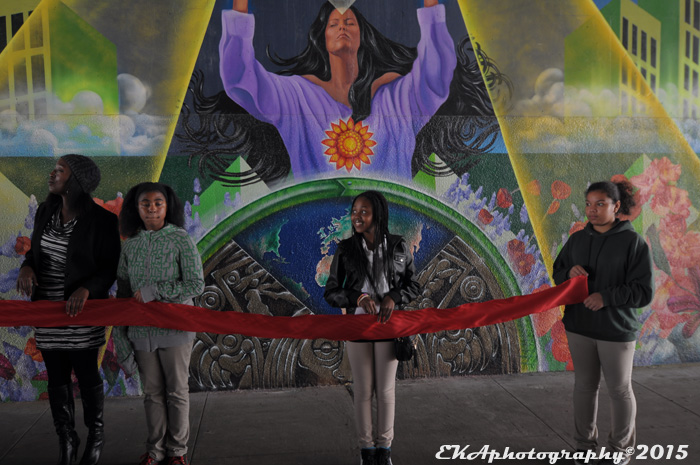
Attitudinal Healing Connection’s Amana Harris (l.) and youth prepare to cut the ribbon on AHC’s “Superheroes” mural
‘Sign of the Times’?
“I’m still reeling, wondering how a city doesn’t do everything possible to support education and jobs for low-income communities of color,” said Belle in a Facebook post after the City Council vote on the HJK property. “But then [I] realize it’s the sign of the times,” he added.
While the communities Belle mentions can certainly benefit from investment in the cultural arts, the gentrification wave is impacting everyone across the board – including artists of all ethnicities and anyone not at the upper tier of income levels.
On the surface, economic growth might seem like a positive thing for Oakland; however, the boom—mainly confined to real estate and tech—has been a calamity for the arts scene. A few months ago, at a city-convened arts stakeholder meeting , arts advocates speculated on the irony of Oakland’s artists making the city cool, only to find themselves priced out. Although some advocates felt the percent for art requirement didn’t go far enough, it at least offered a glimmer of hope for the city’s artists. But the announcement of the lawsuit by developers could delay or even rescind any commissions under the ordinance, and casts a pall on any future attempts to redistribute the wealth flowing into the city among the creative community.
It seems cruel to blame a newly-minted public art ordinance for the increased cost of housing, considering that last year, before the ordinance went into effect, Oakland apartments had the highest rental price hikes in the entire nation, while overall rental prices were the second fastest-rising in the country, and have ballooned as much as 300% over a three-year period.
Currently, a typical one-bedroom apartment in Oakland rents for around $2000 a month, and landlords have been proactive in trying to get market rate for properties which rented for much less not long ago – putting economic pressure on art spaces, especially those in Uptown, the city’s most-visible arts district. As the RPS collective noted, “We are being priced out of our space not because of anything we have done, but simply due to the cold calculus of gentrification. There is more money to be made in this space from something other than community-driven art, and that is enough and more than enough to push us out the door.”
The one positive amidst all this bad news is that the San Francisco Foundation recently announced it was giving East Side Arts Collective $1 million to buy its building, ensuring many more years of community-oriented programming in the San Antonio district. Yet as welcome as that news is, it does nothing to help the arts community elsewhere in the city.
Keeping Oakland Creative
If ever there was a time to organize Oakland’s creative arts community, this is it. For the past several months, the Oakland Creative Neighborhoods Coalition has been attempting to do just that. Founded by Betti Ono’s Barber—recently named one of the Bay Area’s Top Ten Art Personalities—and artist, teacher, and arts administrator Katherin Canton, OCNC has coined the hashtag #KeepOaklandCreative and holds organizational meetings to try to rally the city’s culture creators around a policy platform which aims to make a sustainable future for artists, by taking a proactive stance against displacement. (Disclosure: Oakulture Editorial Director Eric Arnold is a member of OCNC’s Steering Committee.) OCNC’s stated goal is to get the city to restore the Cultural Arts Commission (CAC)—another casualty of the recession—a necessary first step in developing greater accountability at the civic level for the arts community.
A revised CAC could bring clarity to a confusing, labyrinthine process for artists trying to work with the city. Currently, Oakland’s Cultural Arts Program is under the Economic Development and Marketing department, and its small staff is assisted by an all-volunteer Public Art Advisory Committee. There’s no designated liaison with Parks and Rec (which operates city facilities such as the Malonga Casquelourd Center) or City Council (artists are generally left to facilitate discussions over such things as applying for the anti-blight mural program on their own); almost all direct interaction with the artist community, other than open forum sessions at monthly meetings to review public art projects, is carried out by the department’s one full-time staffer, Denise Pate. Navigating the system is a bureaucratic nightmare at best, compounded by the fact that artists sometimes have to wait up to a year before being compensated for completed projects.
In the case of the percent for art ordinance, the artist community at-large was not asked for input in its drafting, perhaps by design; in the Tribune article, Schaff describes the ordinance as “pro-developer” – a notion which was reinforced during a “stakeholder meeting” also attended by members of the development community and Emeryville city staff this past February.
At the meeting, stakeholders were asked for suggestions for implementation, yet that seems to have been just a formality. When community concerns were brought up, Schaff’s staff hastily shot them down. There was no review of public art programs in cities other than Emeryville, and the developers—only one of which was based in Oakland—didn’t exactly warm to the idea of having any type of community review or oversight of proposed art projects. Developers, their representative said, don’t like to be told what to do, a statement which now seems ominous in the wake of the BIA lawsuit.
OCNC’s next meeting, scheduled for this Wednesday at Betti Ono, will be “an important discussion that is not just about a Percent for Public Art program, but raises critical questions about intersectional issues adversely affecting the most vulnerable Oaklanders today- communities of color, immigrant communities, and low income communities,” explains Barber. “Policies which promote gentrification and displacement, she adds, impact “the vast and deep cultural legacies and traditions of our communities.”
The OCNC, she says, wants the city to implement arts-based initiatives which generate economic development while strengthening community. “We need to see a deeper and more expansive investment in cultural equity across the city in all neighborhoods, and we need to see this investment put into practice as a resource and key strategy for creating a better Oakland and a better Bay Area.”
In other words, this isn’t just about art for art’s sake, but leveraging the power of creativity for the greater benefit of the community. That’s a good thing – unless one buys the argument that promoting art is somehow harmful to the public interest.
Meeting #2 of the Oakland Creative Neighborhoods Coalition will be held at Betti Ono Gallery on Wednesday, July 29th at 6:30pm. Betti Ono is located at 1427 Broadway in downtown Oakland.


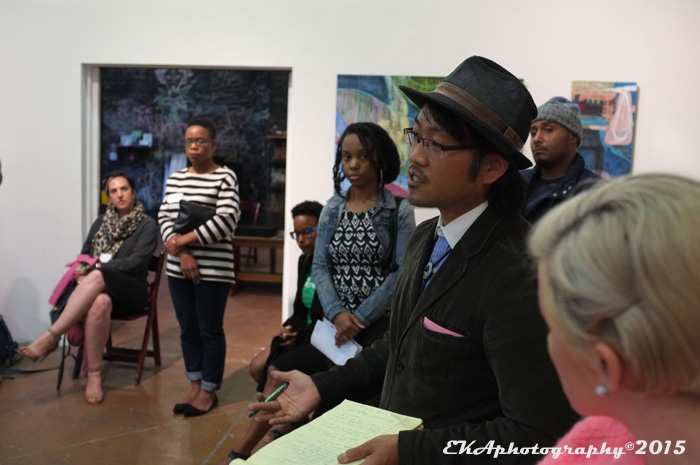
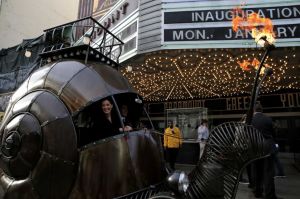
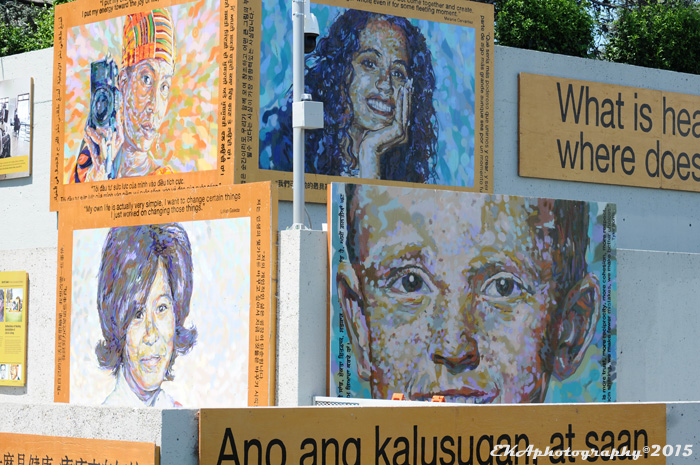
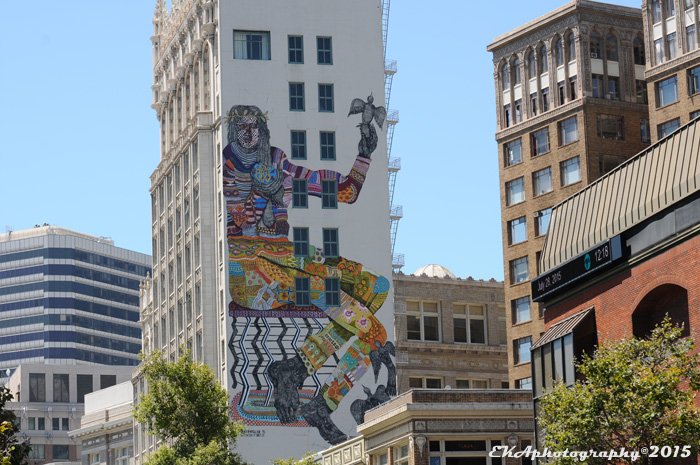
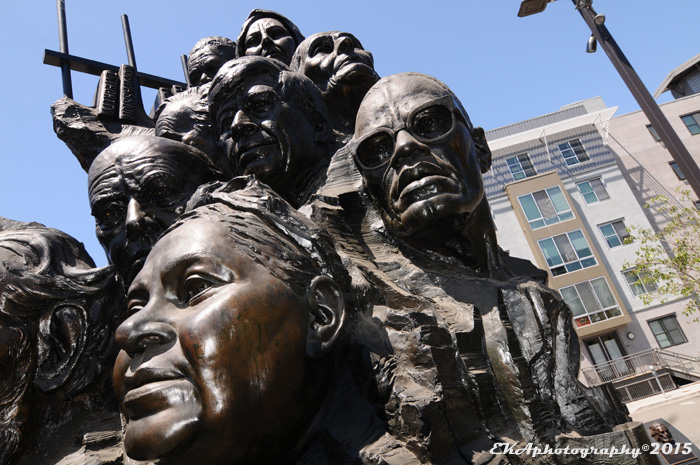

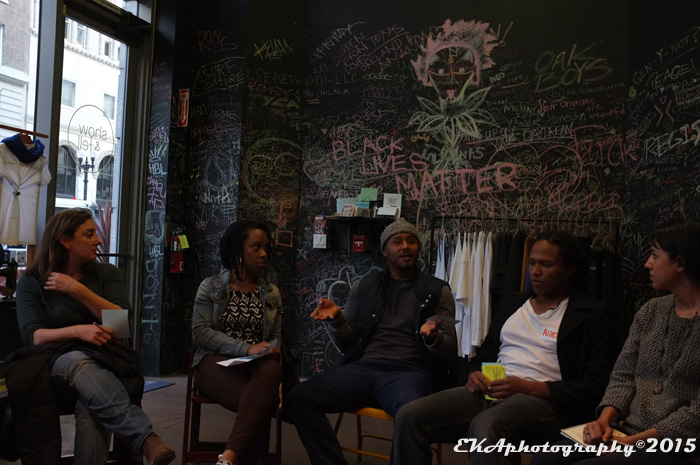
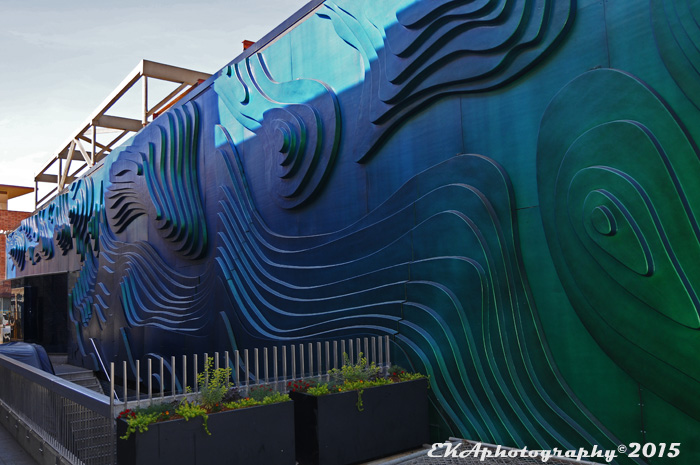

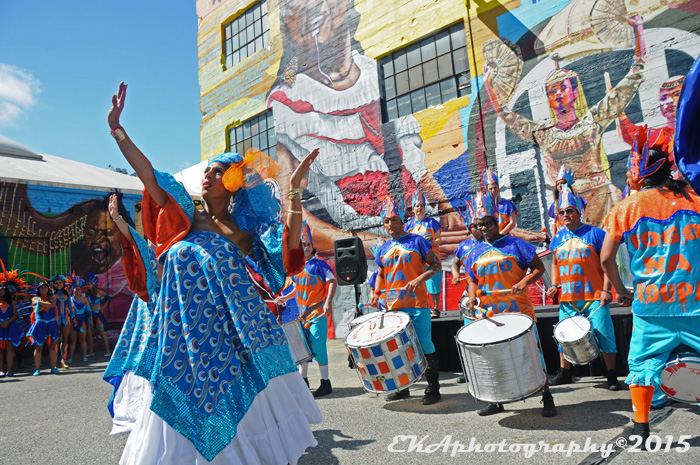
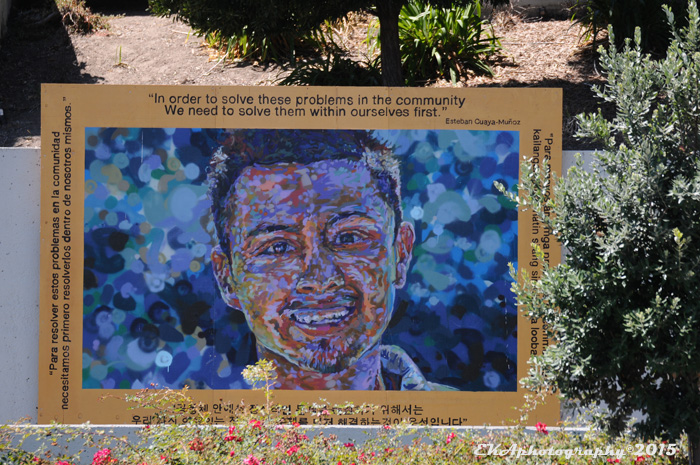
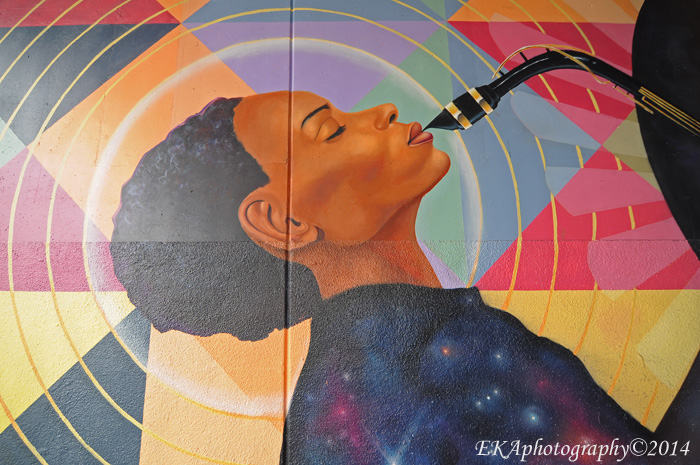
July 29, 2015 at 8:02 am
Thanks for covering this important topic. FYI – California Arts Council’s ED is Craig Watson, not Craig Martin.
LikeLike
October 16, 2015 at 12:19 am
good catch, thanks!
LikeLike
July 29, 2015 at 9:50 am
This is unfair to APE and the folks who put a lot of $$ and effort to bring the Fox back to life. Lets focus on jobs and safety first. Without a safe environment and strong Police department we cannot sow the gorund for cultural revival.
“The apparent loss of a potentially-reactivated HJK arena robs the city of a mid-sized venue whose prospective owners had a commitment to the cultural community which cannot be said of the operators of the Fox Theater – you can count on one hand the number of shows per year there featuring local artists.”
LikeLike
October 16, 2015 at 12:17 am
Unfair to APE? I don’t think so. In retrospect, the city was probably too fair to them in not negotiating a better community benefits package. The folks who put a lot of money into the restoration were Oakland taxpayers, who got a venue which primarily serves tourists and visitors, and has supported restaurants and bars but hasn’t helped cultural establishments, i.e. art spaces, other music venues. Also, did you just say “strong police department” and “cultural revival” in the same sentence? What does one have to do with the other? Police spending is a big reason social services are underfunded.
LikeLike
July 29, 2015 at 12:39 pm
Thanks for covering this important topic. FYI – Oakland’s Mayor is Libby Schaaf, not Schaff.
LikeLike
July 30, 2015 at 12:20 pm
Does the code envision or articulate “art” as anything that might be ephemeral such as performance, music, dance or other “arts”, or any temporary installations? Often, performing and temporary arts that are under-funded and under-represented could be deployed, and, from the property owner’s perspective, enliven a property and change the streetscape as well as, or better than, permanent art. Likewise, it creates more opportunities, for more artists, if it is an evolving program of installations instead of something that is placed permanently by one artist, and forgotten.
In most cities, land-use and planning departments currently require retail at the streetscape of development projects. Current thinking is that it also contributes to walkability, safety, community engagement and in general a lively streetscape. But, vacant retail actually creates the opposite environment – often graffiti, vagrancy and avoidance. Would the City of Oakland consider the temporary activation of retail a partial fulfillment of the % for arts requirement? Again, ongoing programming, excitement at the streetscape, and building foot traffic might create enough life that long-term leasing activity occurs, creating a long-term lease that contributes to the health of the City.
LikeLike
January 29, 2016 at 7:25 pm
Hello and thank you for caring about what’s happening in Oakland! I am looking for some help to spread the word about what has happened to yet another arts venue in Oakland: Studio 1924. For more information, you can see http://ww2.kqed.org/arts/2015/12/23/oakland-dance-studio-is-newest-victim-of-rising-rents/. We need help finding a new space and with enough community support, we hope to purchase a property so that Oakland can enjoy a dance and entertainment venue for many years to come. Contact me if interested in helping. Thank you!
LikeLike